Acknowledgments
Thank you, everyone at Manning who helped in the production of this book: Cheryl Weisman, Deirdre Hiam, Katie Tennant, Dottie Marsico, Janet Vail, Barbara Mirecki, Aleksandar Dragosavljevi, Mary Piergies, and Marija Tudor.
I thank acquisitions editor Brian Sawyer, who wisely steered us toward attacking Python after I finished Swift. Thank you, development editor Jennifer Stout, for always having a positive attitude. Thanks go to technical editor Frances Buontempo, who provided careful consideration of each chapter and gave detailed, useful feedback at every turn. I thank copyeditor Andy Carroll, whose superb attention to detail on both the Swift book and this one caught several of my mistakes, and also my technical proofreader, Juan Rufes.
The following people also reviewed the book: Al Krinker, Al Pezewski, Alan Bogusiewicz, Brian Canada, Craig Henderson, Daniel Kenney-Jung, Edmond Sesay, Ewa Baranowska, Gary Barnhart, Geoff Clark, James Watson, Jeffrey Lim, Jens Christian, Bredahl Madsen, Juan Jimenez, Juan Rufes, Matt Lemke, Mayur Patil, Michael Bright, Roberto Casadei, Sam Zaydel, Thorsten Weber, Tom Jeffries, and Will Lopez. Thanks go to all who provided constructive and specific criticism during the books development. Your feedback was incorporated.
I thank my family, friends, and colleagues who encouraged me to take on this book project immediately following the publication of Classic Computer Science Problems in Swift. I thank my online friends on Twitter and elsewhere who have provided encouraging words and helped promote the book in ways small and large. And I thank my wife, Rebecca Kopec, and my mom, Sylvia Kopec, who are always supportive of my projects.
We developed this book in a fairly short period of time. The vast majority of the manuscript was written over the summer of 2018, based on the earlier Swift version. I appreciate that Manning was willing to compress its (usually much longer) process to enable me to work during a schedule that was convenient to me. I know this put pressure on the entire team as we went through three rounds of reviews at multiple different levels amongst many different people in just a few months. Most readers would be amazed at how many different kinds of reviews a technical book by a traditional publisher goes through and how many people have their part in critiquing and revising it. From the technical proofer to the copy editor, the review editor, all of the official reviewers, and everyone in between, I thank you!
Finally, most importantly, I thank my readers for purchasing this book. In a world full of halfhearted online tutorials, I think it is important to support the development of books that provide the same authors voice throughout an extended volume. Online tutorials can be superb resources, but your purchase enables full-length, vetted, and carefully developed books to still have a place in computer science education.
About this book
Trademarks
Trademarked names appear in this book. Rather than use a trademark symbol with every occurrence of a trademarked name, the names are only used in an editorial fashion and to the benefit of the trademark owner, with no intention of infringement of the trademark. Python is a registered trademark of the Python Software Foundation. Connect Four is a trademark of Hasbro, Inc.

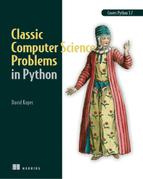
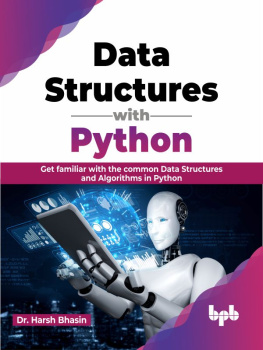


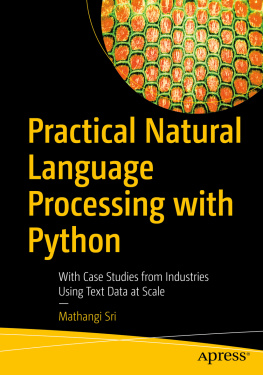
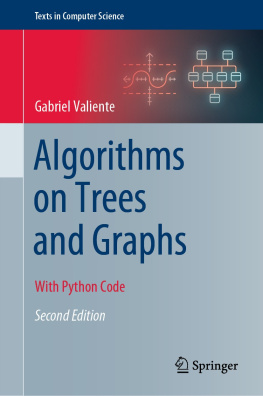
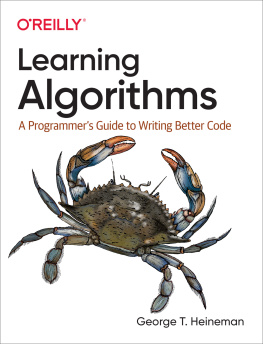
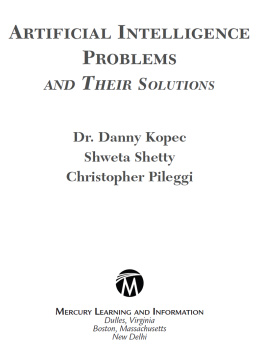
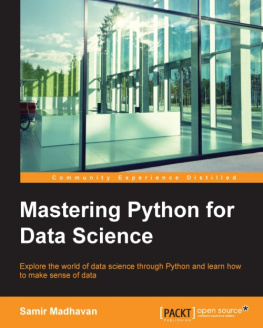
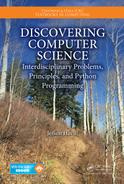
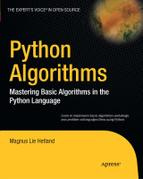
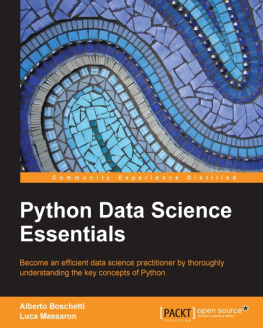
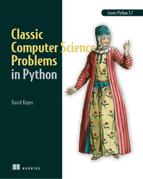

 Recognizing the importance of preserving what has been written, it is Mannings policy to have the books we publish printed on acid-free paper, and we exert our best efforts to that end. Recognizing also our responsibility to conserve the resources of our planet, Manning books are printed on paper that is at least 15 percent recycled and processed without the use of elemental chlorine.
Recognizing the importance of preserving what has been written, it is Mannings policy to have the books we publish printed on acid-free paper, and we exert our best efforts to that end. Recognizing also our responsibility to conserve the resources of our planet, Manning books are printed on paper that is at least 15 percent recycled and processed without the use of elemental chlorine.